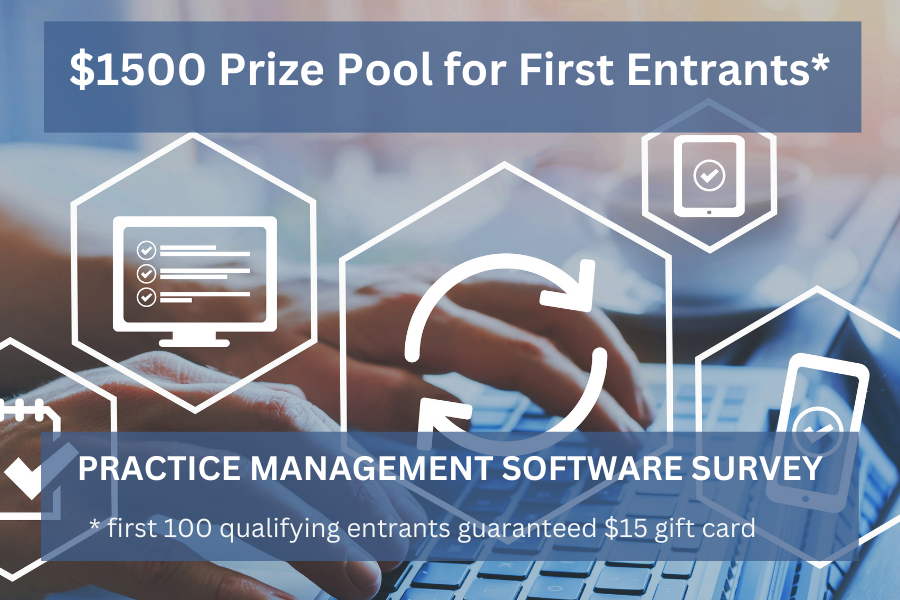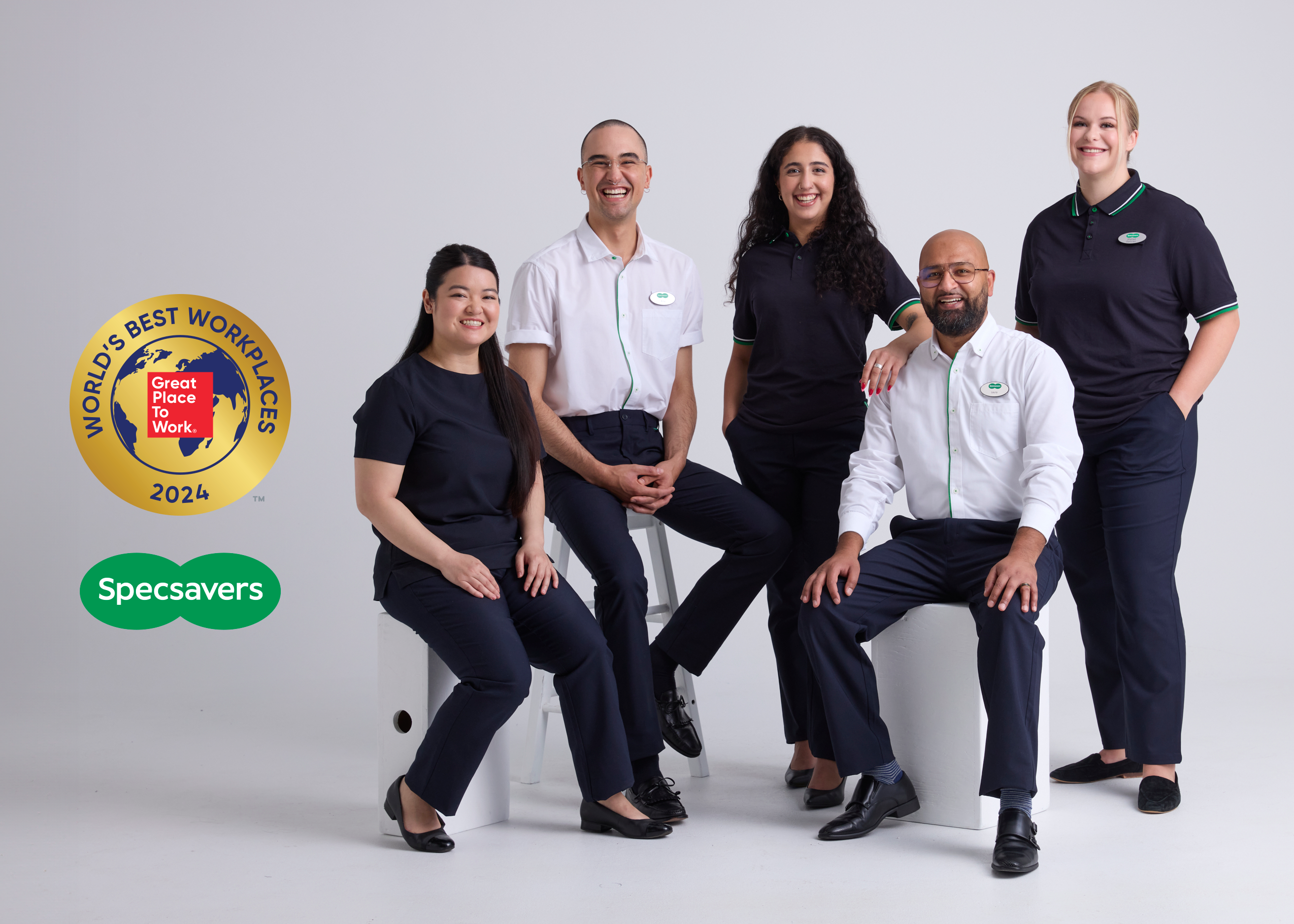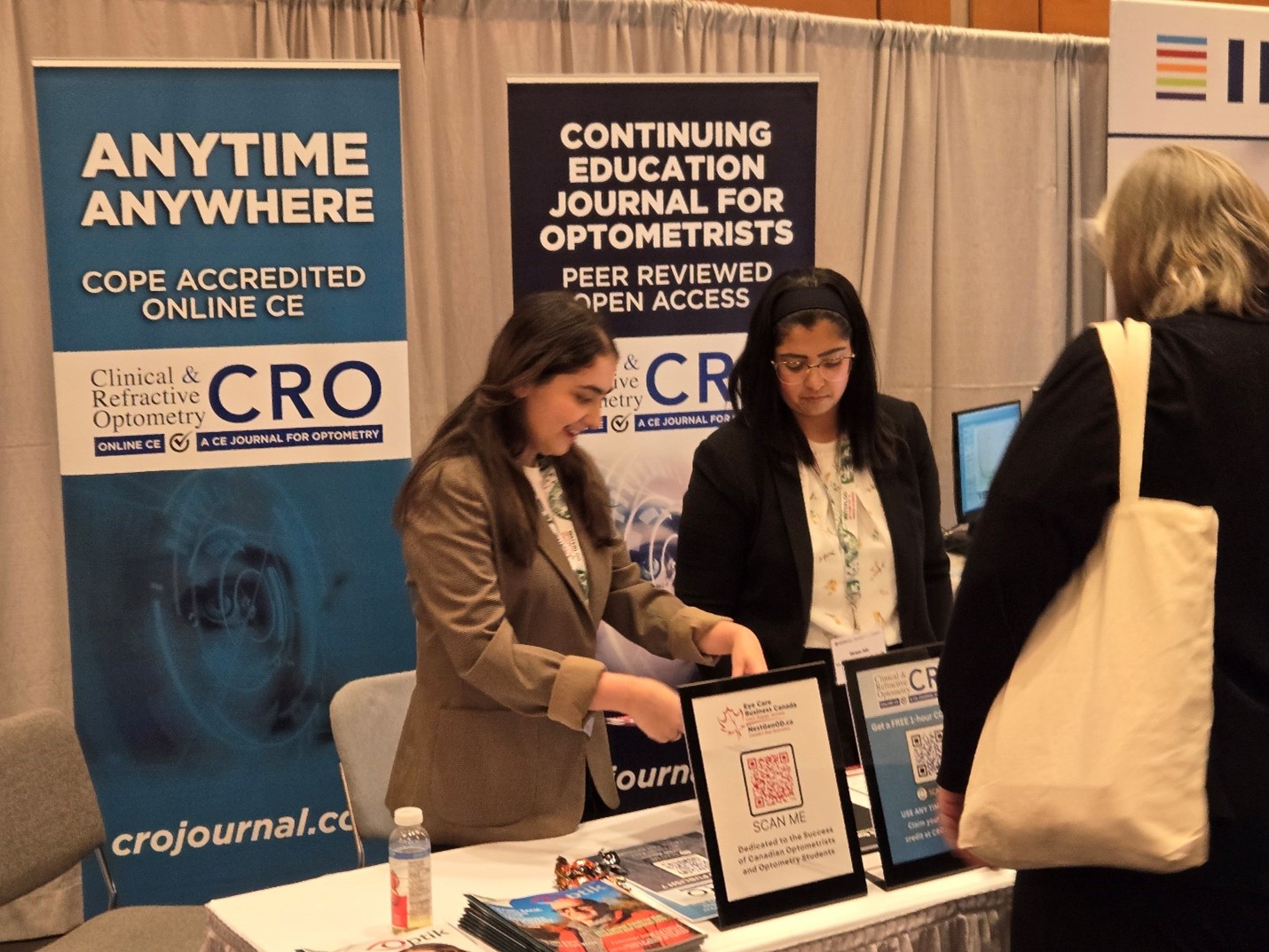
Are you part of a Canadian Optometric practice? Your insights are invaluable! We’re inviting you to participate in a brief survey designed to gather your opinions and experiences with practice management software.
As the backbone of many successful practices, practice management systems play a vital role in streamlining operations, improving patient care, and enhancing overall efficiency. But not all systems are created equal, and we want to learn what works, what doesn’t, and where there’s room for improvement.
This survey includes various usage and attitude questions about practice management software and will take about 5 minutes to complete. Whether you’re a fan of your current system or find yourself wishing for better features, this is your chance to share your perspective and help shape the future of optometric practice tools.
Why Participate?
In addition to making your voice heard, the first 100 qualified respondents will receive a $10 e-gift card as a thank-you for your time and valuable input. (Limitations apply.)
Your responses will be used to better understand the needs of optometric practices across Canada, helping us uncover trends, challenges, and opportunities in practice management software.
How to Get Involved
Participating is simple! Click the link below to access the survey and complete it on your own time. Remember, it takes less than 5 minutes to make an impact and claim your reward if you’re among the first 100 qualifying respondents.
Your Feedback Drives Innovation
By sharing your experiences, you’re contributing to a broader conversation about the tools and technologies that support optometric practices. Your insights will not only help inform others in the industry but also guide future developments in practice management solutions.
Don’t miss this opportunity to shape the future of your field and earn a small token of appreciation in return.
Thank you for your participation and dedication to improving Canadian Optometry!
































